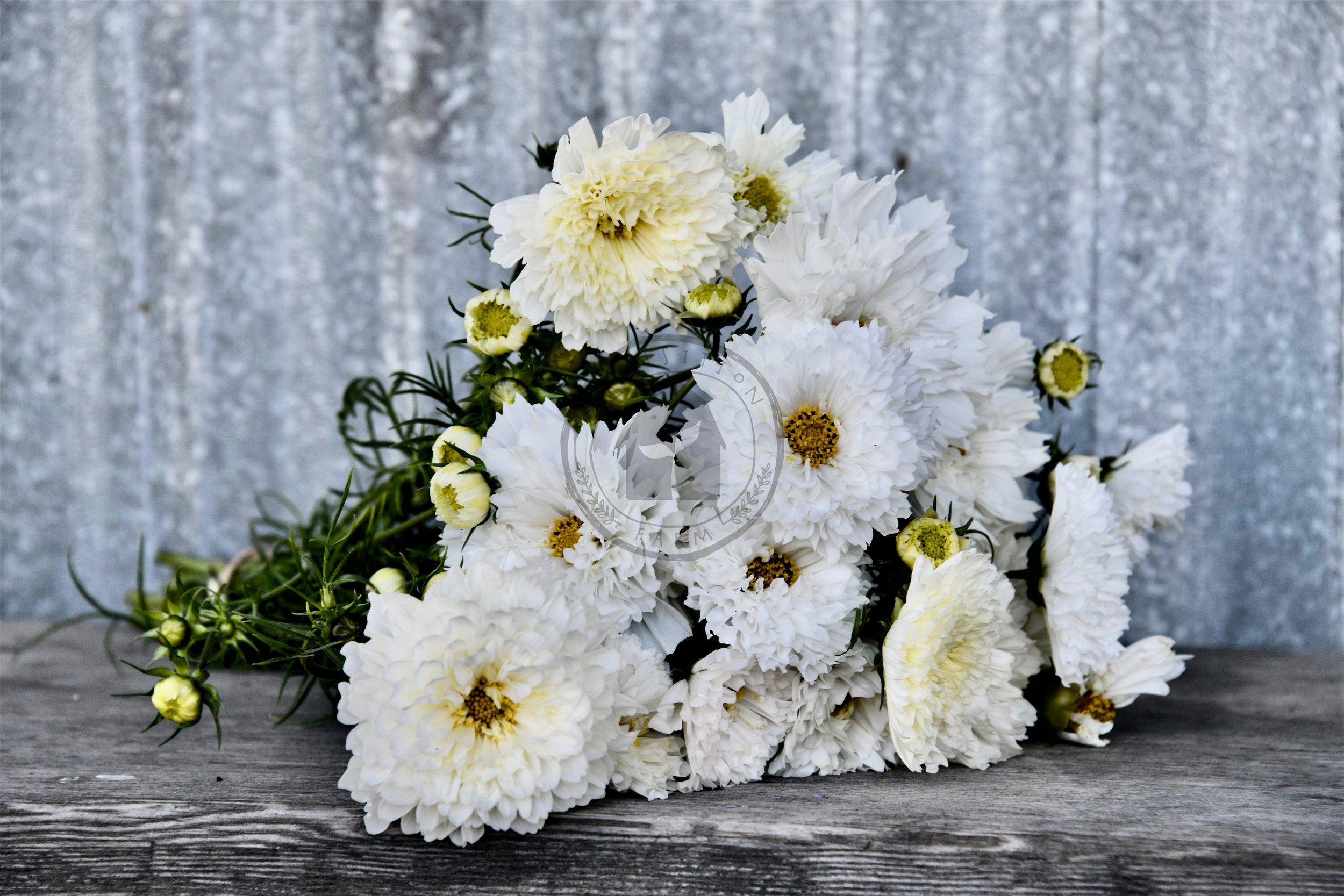100% Certified Organic & Demeter Certified Bio-Dynamic Seed
Grown, harvested, dried and packed on Transition Farm
NOTE - WA Customers: Transition Farm Tomato, Capsicum and Chilli Seeds have been cleared for importation into Western Australia.
If ordering from Western Australia, our next batch shipment date is 6 January 2025. For more options, check the POSTAGE page.
Zinnia 'Benary's Giant Wine'
Zinnia 'Benary's Giant Wine'
Zinnia elegans
Seed available June 2025
Vigorous deep Burgundy , dahlia-like blooms, each one 12cm across on long thick, sturdy stems perfect for cutting. Holds up well in Summer with a low susceptibility to powdery mildew and a long vase life.
Certified Demeter Biodynamic and Certified Organic
SEED COUNT: 35 approx.
Seed Raising, Growing and Harvest Information
| Plant Type | Site | Spacing | Height | Sowing Depth |
Days to Germination |
Days to Maturity |
|---|---|---|---|---|---|---|
| Annual | Full Sun | 23-30cm apart in rows 30cm apart |
100cm | lightly | 7-10 days @ 20-22°C |
75-90 days |
TRANSPLANT (recommended) - Sow into flats or preferred seedling container 4 weeks before last frost. Cover seeds lightly with vermiculite to help maintain moisture. Seeds will germinate in 3–5 days when temperatures are kept at 27–29°C. After germination, grow at 20°C during the day and 16-18°C at night. Harden-off and transplant out after last frost. Do not allow plants to become root bound and avoid disturbing roots; transplant shock or other stress events may cause double-flowering varieties to produce single blooms for a period following stress.
DIRECT SEED - After last frost, and when soil has warmed to 20°C, sow seeds just covering firmly with soil. For cut flower production, thin seedlings or plant plugs at 20-25 cm in rows 30 cm apart.
HARVEST - Harvest in the cool of the day into clean water. Zinnias dislike cold storage. It is best to store them in a cooler set to a temperature above 45°F/7°C or place them in a cool barn, garage, or an air- conditioned room. After Zinnias have cooled from the heat of the field, transfer them into water with a holding solution (a biocide and a pH reducer). This, in addition to changing the water, can extend the vase life to 7 days.
NOTES - Succession-sow/plant every two weeks for prolonged yields of high-quality stems. Pinching of initial bud or bloom and subsequent deadheading is recommended to encourage strong branching and bloom production.












